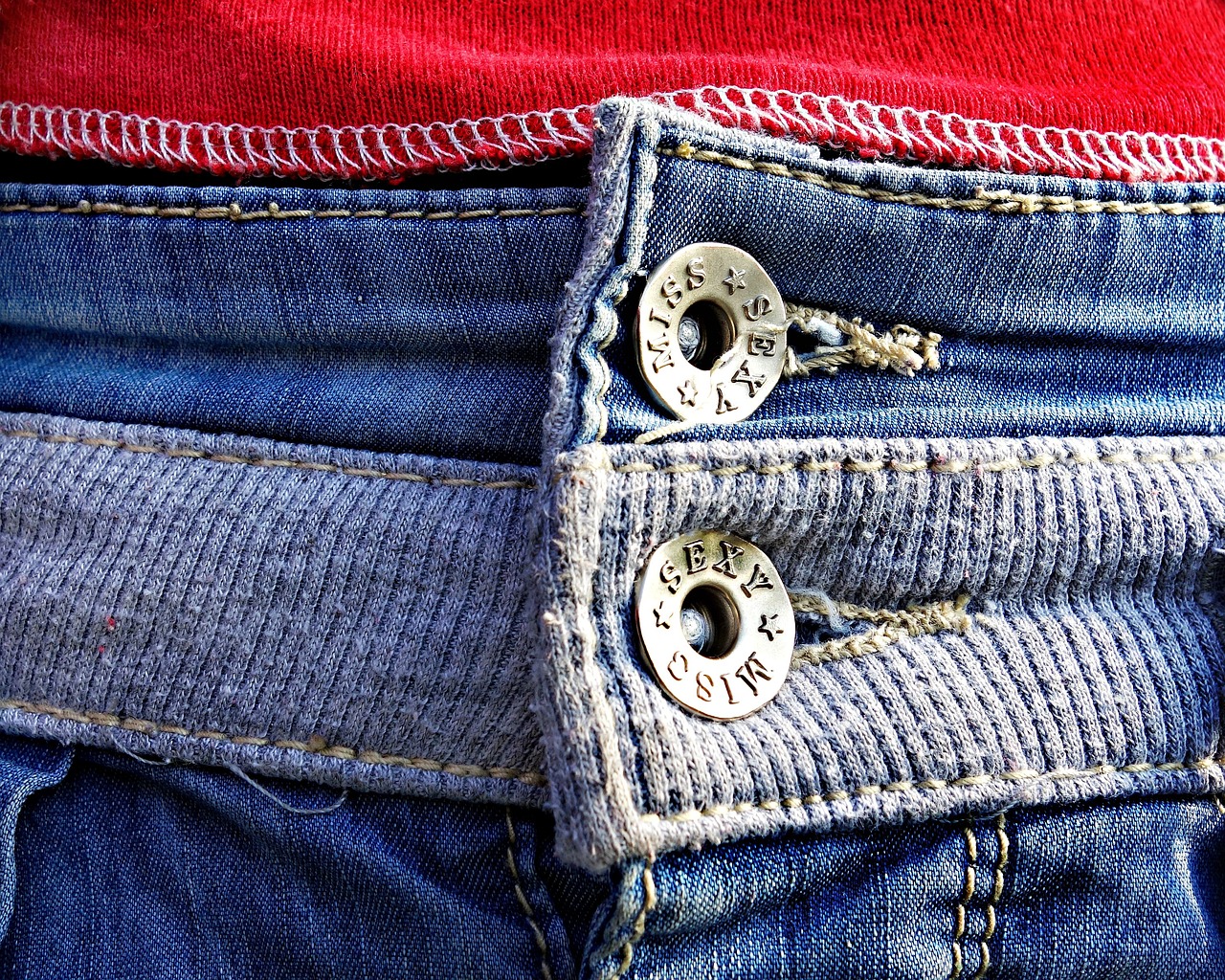Exploring the Psychology of Menu Pricing in Fine Dining Establishments: 99exch, Laser247 club, World777 contact number
99exch, laser247 club, world777 contact number: Have you ever wondered why some fine dining establishments list their prices without the dollar sign or why some menus use subtle psychological tactics to influence your spending habits? The psychology of menu pricing in the restaurant industry is a fascinating topic that can shed light on how our brains respond to different pricing strategies.
1. The Power of Perception
When it comes to menu pricing, perception is everything. Research has shown that customers are more likely to spend more money when prices are listed without the dollar sign. This small change can make prices feel less concrete and easier to overlook, leading customers to focus more on the food and experience rather than the cost.
2. The Charm of Odd Numbers
Have you ever noticed that prices in fine dining establishments often end in odd numbers? This pricing strategy is no accident. Studies have found that prices ending in odd numbers are perceived as being more affordable and are more likely to be chosen by customers.
3. The Influence of Menu Layout
The way prices are presented on a menu can also have a significant impact on customer spending. Placing high-priced items at the top or bottom of a menu can make other items seem more affordable in comparison. Additionally, using a smaller font size for prices can make them seem less significant, leading customers to focus on the dishes themselves rather than the cost.
4. The Power of Anchoring
Anchoring is a cognitive bias where individuals rely heavily on the first piece of information they receive when making decisions. Fine dining establishments often use this tactic by listing a high-priced item first on the menu, anchoring customers’ expectations and making other items seem more reasonably priced in comparison.
5. The Influence of Descriptive Language
Menu pricing is not just about numbers; the language used to describe dishes can also influence customers’ spending habits. Using elegant and descriptive language to highlight the quality and uniqueness of a dish can justify a higher price point and make customers more willing to splurge.
6. The Allure of Prix Fixe Menus
Prix fixe menus are a popular choice in fine dining establishments, offering a set price for a multi-course meal. This pricing strategy can make customers feel like they are getting a deal while also encouraging them to try new and exciting dishes they may not have considered ordering a la carte.
FAQs:
1. Why do fine dining establishments often list prices without the dollar sign?
Listing prices without the dollar sign can make prices feel less concrete and easier to overlook, leading customers to focus more on the food and experience rather than the cost.
2. Why do prices in fine dining menus often end in odd numbers?
Prices ending in odd numbers are perceived as being more affordable and are more likely to be chosen by customers.
3. How can menu layout influence customer spending habits?
Placing high-priced items strategically on a menu can make other items seem more affordable in comparison, leading customers to spend more.
In conclusion, the psychology of menu pricing in fine dining establishments is a complex and strategic process that can influence customer spending habits. By understanding the subtle tactics used in menu pricing, customers can become more aware of how their decisions are influenced and make more informed choices when dining out.







